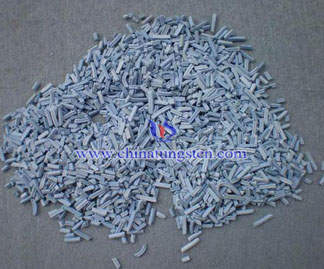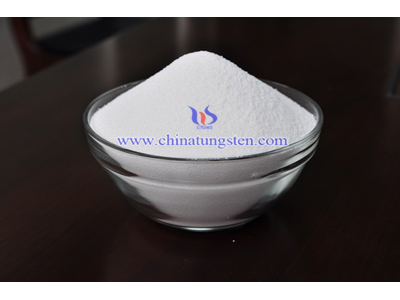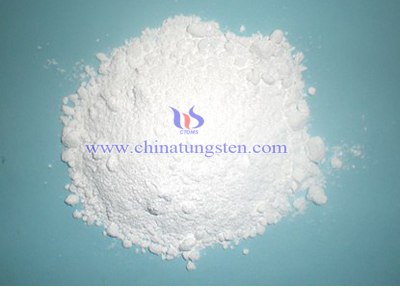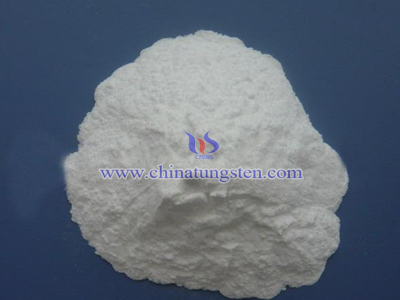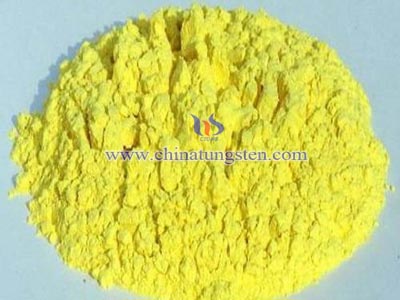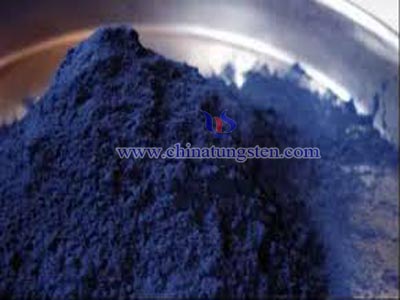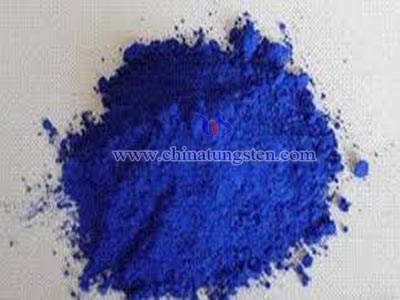Yellow Tungsten Oxide Application
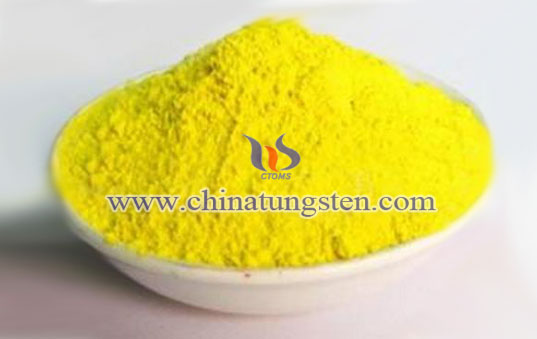
Tungsten trioxide is used for many purposes in everyday life due to its special physical and chemical properties.
Ceramic
The nano-powder of WO3 can be fired into varistor ceramics, ceramic capacitors, light (electricity) color ceramic film, gas-sensing ceramics, photocatalytic degradation ceramic membrane, battery electrode ceramic materials, microwave absorbing ceramic film, new high-temperature thermoelectric ceramics and functional ceramics and ceramic films, which has great potential in many chemical, energy, electricity and other fields.
Coloring Agent
Tungsten oxide coloring agent is a colored substance that has an affinity to the substrate to which it is being applied. The dye is generally applied in an aqueous solution, and may require a mordant to improve the fastness of the dye on the fiber.
Tartaric Acid
Tartaric acid is a white crystalline organic acid that occurs naturally in many plants, most notably in grapes. Its salt, potassium bitartrate, commonly known as cream of tartar, develops naturally in the process of winemaking. It is commonly mixed with sodium bicarbonate and is sold as baking powder used as a leavening agent in food preparation. The acid itself is added to foods as an antioxidant and to impart its distinctive sour taste. Tartaric is an alpha-hydroxy-carboxylic acid, is diprotic and aldaric in acid characteristics, and is a dihydroxyl derivative of succinic acid.
Smart Window
Smart glass or switchable glass (also smart windows or switchable windows in those applications) is glass or glazing whose light transmission properties are altered when voltage, light or heat is applied. Generally, the glass changes from translucent to transparent, changing from blocking some (or all) wavelengths of light to letting light pass through. Smart glass technologies include electrochromic, photochromic, thermochromic, suspended particle, micro-blind and polymer dispersed liquid crystal devices. When installed in the envelope of buildings, smart glass creates climate adaptive building shells, with the ability to save costs for heating, air-conditioning and lighting and avoid the cost of installing and maintaining motorized light screens or blinds or curtains. Blackout smart glass blocks 99.4% of ultraviolet light, reducing fabric fading; for SPD-type smart glass, this is achieved in conjunction with low emissivity coatings.
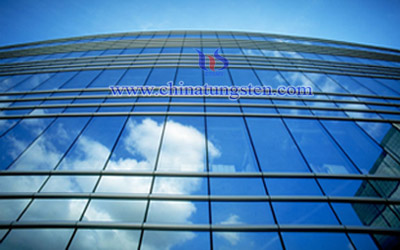
Construction Industry
Construction is the process of constructing a building or infrastructure. Large-scale construction requires collaboration across multiple disciplines. An architect normally manages the job, and a construction manager, design engineer, construction engineer or project manager supervises it. For the successful execution of a project, effective planning is essential. Those involved with the design and execution of the infrastructure in question must consider zoning requirements, the environmental impact of the job, the successful scheduling, budgeting, construction-site safety, availability and transportation of building materials, logistics, inconvenience to the public caused by construction delays and bidding, etc. The largest construction projects are referred to as megaprojects.
Radiation Protection Clothes
Radiation protection, sometimes known as radiological protection, is defined by the International Atomic Energy Agency (IAEA) as "The protection of people from harmful effects of exposure to ionizing radiation, and the means for achieving this". Ionizing radiation is widely used in industry and medicine, and can present a significant health hazard. It causes microscopic damage to living tissue, which can result in skin burns and radiation sickness at high exposures (known as "tissue" or "deterministic" effects), and statistically elevated risks of cancer at low exposures ("stochastic effects"). So the radiation protection clothes are necessary for some situations.
Photocatalyst
Photocatalysis is the acceleration of a photoreaction in the presence of a catalyst. In catalysed photolysis, light is absorbed by an adsorbed substrate. In photogenerated catalysis, the photocatalytic activity (PCA) depends on the ability of the catalyst to create electron–hole pairs, which generate free radicals (e.g. hydroxyl radicals: •OH) able to undergo secondary reactions. Its practical application was made possible by the discovery of water electrolysis by means of titanium dioxide. The commercially used process is called the advanced oxidation process (AOP). There are several ways the AOP can be carried out; these may (but do not necessarily) involve TiO2 or even the use of UV light. Generally the defining factor is the production and use of the hydroxyl radical.
Denitration Catalyst
Tungsten trioxide, as a main active material, is uniformly dispersed on the desulfurization catalyst carriers, can reduce the activation energy of the reaction; Furthermore, the tungsten trioxide can alleviate the curing catalyst poisoning and improve the anti-sintering ability, thereby increasing the activity and the efficiency of desulfurization.
Desulfurization Catalyst
Denitration catalyst nano-titanium dioxide is a kind of titanium dioxide, the powder which doped with tungsten trioxide, vanadium pentoxide. The catalyst powder may be supported on a stainless steel plate, ceramic, glass fiber base material, and then shaped in a plate, corrugated honeycomb or plate, finally integrated in the steel to composite of the overall denitration reactor.
Gas Sensor
A gas detector is a device that detects the presence of gases in an area, often as part of a safety system. This type of equipment is used to detect a gas leak and interface with a control system so a process can be automatically shut down. A gas detector can sound an alarm to operators in the area where the leak is occurring, giving them the opportunity to leave. This type of device is important because there are many gases that can be harmful to organic life, such as humans or animals. Gas detectors can be used to detect combustible, flammable and toxic gases, and oxygen depletion. This type of device is used widely in industry and can be found in locations, such as on oil rigs, to monitor manufacture processes and emerging technologies such as photovoltaic. They may be used in firefighting.
Quantum Dot Materials
Quantum dots (QD) are nanoscale semiconductor devices that tightly confine either electrons or electron holes in all three spatial dimensions. They can be made via several possible routes including colloidal synthesis, plasma synthesis, or mechanical fabrication. The term “quantum dot” was coined by Mark Reed in 1988.
Solar Cell
A solar cell, or photovoltaic cell , is an electrical device that converts the energy of light directly into electricity by the photovoltaic effect, which is a physical and chemical phenomenon. It is a form of photoelectric cell, defined as a device whose electrical characteristics, such as current, voltage, or resistance, vary when exposed to light. Solar cells are the building blocks of photovoltaic modules, otherwise known as solar panels. Solar cells are described as being photovoltaic irrespective of whether the source is sunlight or an artificial light. They are used as a photodetector (for example infrared detectors), detecting light or other electromagnetic radiation near the visible range, or measuring light intensity.
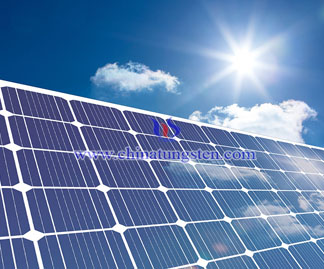
Electrochromic Thin Film
Electrochromism is the phenomenon displayed by some materials of reversibly changing colour by using bursts of charge to cause electrochemical redox reactions in electrochromic materials. Various types of materials and structures can be used to construct electrochromic devices, depending on the specific applications. Transition metal oxides are a large family of materials possessing various interesting properties in the field of electrochromism. Among them, tungsten oxide (WO3), has been the most extensively studied material, used in the production of electrochromic windows or smart glass and more recently electrochromic displays on paper substrate as anti-counterfeiting systems integrated on packaging.
Photochromic Thin Film
Photochromic lenses are optical lenses that darken on exposure to specific types of light of sufficient intensity, most commonly ultraviolet (UV) radiation. In the absence of activating light the lenses return to their clear state. Photochromic lenses may be made of glass, polycarbonate, or another plastic. They are principally used in eyeglasses that are dark in bright sunlight, but clear in low ambient light conditions. They darken significantly within about a minute of exposure to bright light, and take somewhat longer to clear. A range of clear and dark transmittances are available; one manufacturer makes one glass with transmittance reducing from 87% to 20%, and another reducing from 45% to 9%.

